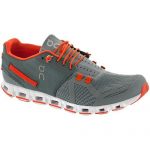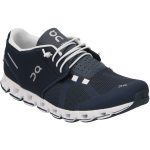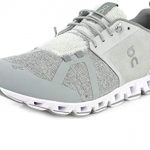Introduction
Running shoes and sneakers both have their importance. But are we aware of when to use what type? Here, in this article, we will first discuss the purpose of running shoes and sneakers. Then, we will compare both of these to help you assess which one works better in what situations.
So, without any further ado, let’s dive straight into the topic.
Running Shoes
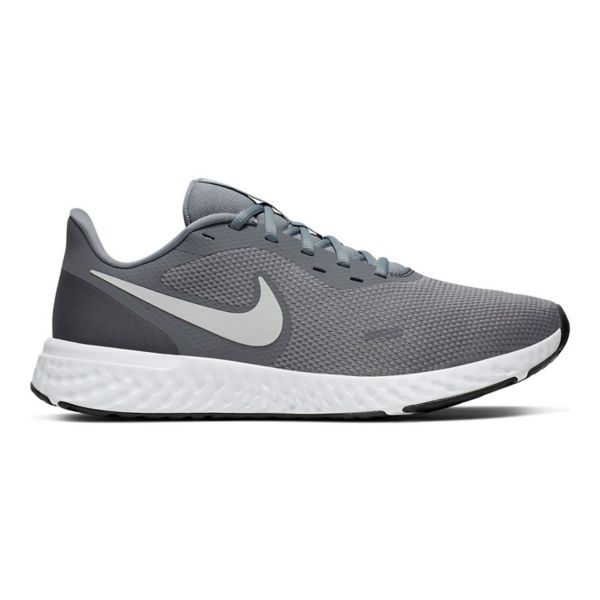
Lightweight footwear designed for runners is referred to as a running shoe. Padding in the forefoot and heel of running shoes is required to accommodate roughly four times your body weight every run. Running shoes are intended to safeguard your feet from the elements, deliver grip on various grounds, soften landing shock, and offer assistance. The ideal running shoe is determined by your foot form, biomechanics, and how much you run.
Running shoes contain built-in characteristics that allow you to race more efficiently and reduce the risk of repetitive damage day after day.
Sneakers

Sneakers are originally meant for athletics or other types of physical activity but are now frequently used for casual wear. So, sneakers are shoes that are meant to be worn casually or for any other purpose. Canvas, rubber, and other components are used to make them. They also lack lateral assistance since they are designed just for everyday usage. Sneakers come with some cushioning and padding, but simply enough to keep you comfortable when walking and jogging. However, since these shoes are not designed for athletics, they lack several characteristics.
Furthermore, they are easy to locate because they can be obtained at any shoe store.
Running Shoes Vs. Sneakers
Generally said, sneakers show off your style, and running shoes are forgoing the extra mile. The few characteristics that differ in them make them different from each other. Further in this article, we have discussed a few such features to help you understand the difference between them in a much better way.
1- Flexibility
A running shoe should be flexible at the final third of the shoe (the toe end), yet resistive in the middle third, as per the American Academy of Podiatry. Running puts more stress and pressure on the feet than walking does. This does not, however, imply that you should be any less equipped.
When walking, you should land on your heels and roll your foot forwards. This rolling action needs extra foot assistance. The soles of walking shoes are meant to be smooth and pliable. This enables the walker to push off with each stride effortlessly.
Summary: Both running shoes and sneakers should be flexible. Stiff shoes should never be an option because they cause pain in the feet.
2- Heel Type and Height
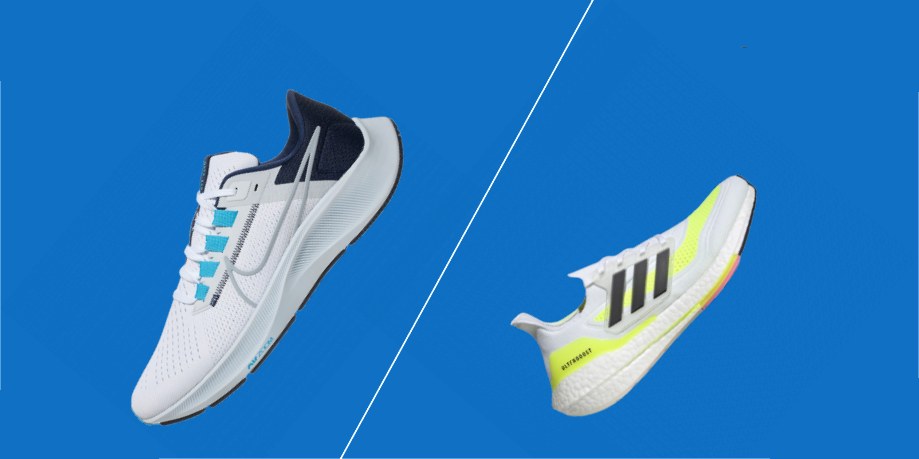
Running shoes have a built-up heel to give steadiness to runners. Runners strike the surface with varied portions of their feet first, such as their toes, but the front half of the foot comes first. A flared heel in running shoes can give more excellent stabilization for runners who land on their midfoot or forefoot. Trail running shoes frequently include a flared heel.
Running shoes with a built-up heel are meant to enhance steadiness for runners. Runners strike the ground with various areas of their foot, dependent on their preference. The front section of their heel, the midfoot, or the ball can contact the ground. There are several opinions about how much heel-to-toe drop is ideal for runners.
On the other hand, Walkers may wear shoes that are nearly flat since they land with their entire foot at once. Unlike their running equivalents, they do not require a specific heel design. If you pick a shoe, the maker will indicate the heel drop and is generally measured in millimeters (mm). Since your foot rests on the inner of the shoe, the heel drop is measured from there. Walkers’ heels contact the ground, and a flared heel makes it difficult to roll forward during the stride. Walkers use their heels to contact the ground and roll through the step. They don’t require a higher heel.
Summary: Walkers should avoid choosing shoes with no heels, and sneakers provide them with just that option, whereas running shoes come equipped with flared heels.
3- Cushioning
Did you know that when you run, you strike the ground with around 3 times your body weight, but when you walk, you only contact the earth with approximately 1.5 times your body weight?
Because the pressure on your lower legs, particularly your heels and forefoot, which are the first to contact the ground, is higher when you run, the running shoe should have more cushioning. With each step, runners contact the floor three times their body weight, but walkers only contact the surface with one and a half times their body weight. Runners require greater cushioning in the heel and forefoot than walkers, which is why air cushioning systems are so popular in their footwear.
A sneaker with less cushion may be acceptable because you only strike the ground at 1.5 times your body weight when walking or participating in any other sport. Extra forefoot cushioning is unnecessary for walkers, and most can manage with less heel cushioning. Extra cushioning adds weight, so you have to choose between a heavier shoe that reduces foot and leg stress and a lighter shoe that allows you to run or walk quicker.
Summary: Sneakers do not require cushioning since it isn’t really necessary to provide extra comfort to your feet while walking. However, when running, you will need this feature immensely, which is why running shoes do come equipped with extra padded cushioning.
4- Sole and durability

Running and shoes have distinct sole designs.
Running shoes aren’t meant to last, and you’ll notice individuals tossing them out when the spring or cushioning wears out, but very rarely due to holes inside the shoe.
In sneakers, the outsole is known to wear out, or the sole is leveled down until it acquires a smooth texture providing negligible traction. Because of the complicated and harsh movements that produce pressure on the sole and lead it to lose its resilience, sneakers have a longer lifespan than running shoes.
Summary: Soles of running shoes last somewhat longer than sneakers; however, their cushioning and springs can wear out soon, decreasing their life span. On the other hand, Sneakers have no cushioning, so there is no danger, and their soles also do not wear out any time soon. So they have a longer lifespan than running shoes.
Table of Running Shoes Vs. Sneakers
| Features | Sneakers | Running Shoes |
| Flexibility | Offer moderate flexibility | Offer moderate to advanced flexibility |
| Heel Type and Height | Have no heel because this way it offers an ergonomic wear | Has heels/flares to provide faster pace and comfortable running |
| Cushioning | Do not require cushioning since the person exerts only 1.5 times of their body weight on the ground. However, some sneakers do offer this feature | Do require cushioning. A person exerts 3 times of their body weight on the ground, twice that of the sneakers; hence it is necessary to have adequate cushioning in them |
| Sole | Moderately lasting | Long-lasting |
| Durability | Comparatively longer lifespan than running shoes | Lesser lifespan than sneakers |
Final Words
A running shoe differs from a walking shoe in several ways. Running in sneakers is not recommended since most of them are too inflexible and do not flex the runners require. As a result, many walking shoes or sneakers aren’t suitable for fitness walking.
Running shoes serve various purposes, and designers strive to keep them current with new materials and technologies. For various running styles and demands, you have a broad selection of options. They range from minimalist designs for racing to cushioned shoes for long-distance running in terms of cushioning. Conversely, sneakers have traditionally lacked technological advancements and have been intended more for comfort than performance, and padded shoes may cause leg stiffness. These may do if you’re looking for a comfy shoe for short walks and walking at a leisurely pace.
However, to keep in mind, estimating it by glancing at the shoe’s outer sole is misleading. Although some shoes appear to have a higher heel, your foot’s heel rests lower within the shoe.
Here in this article, we have analyzed running shoes and sneakers in-depth and compared a few of their most important features to help you clearly understand the difference between them and know which type of shoe is preferred. A table has also been provided to compare the two products easily. We hope this article is helpful to you to help you make an informed and educated decision regarding which product you should go for based on your requirements.
 Nursing Trends
Nursing Trends



